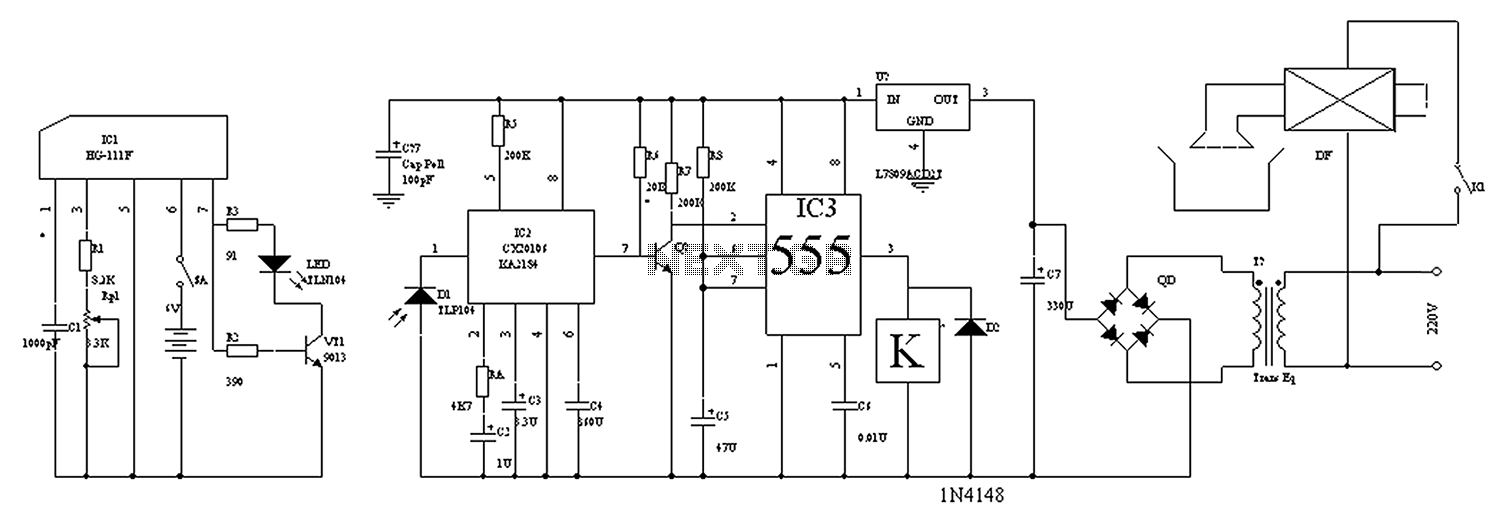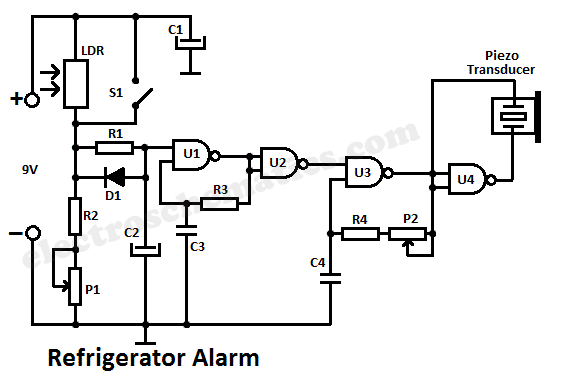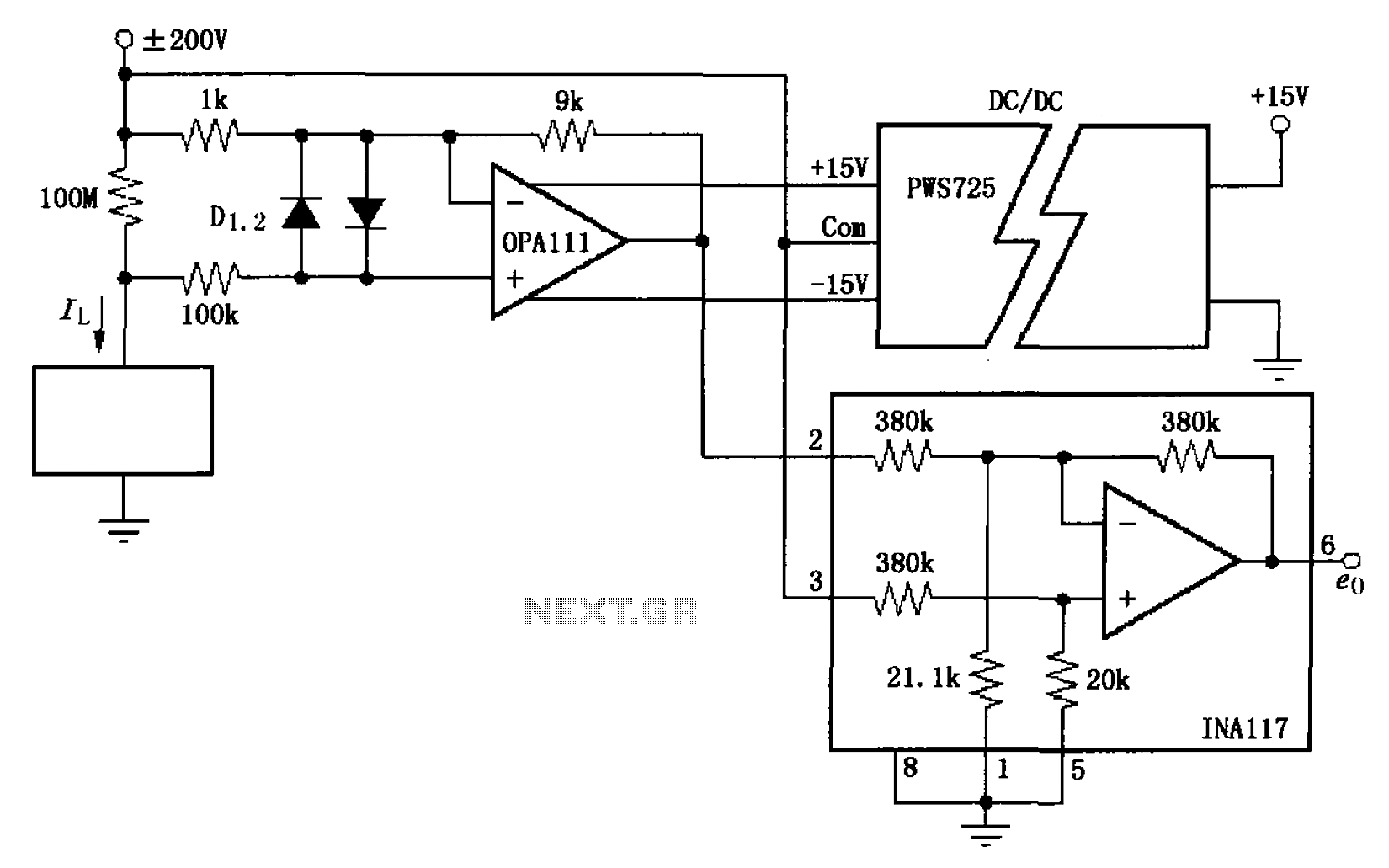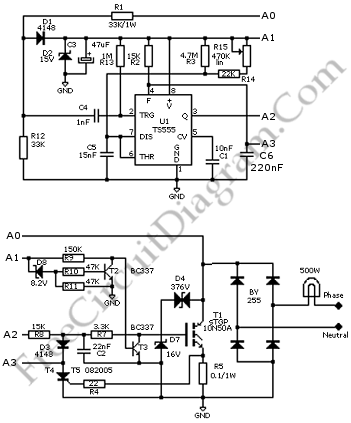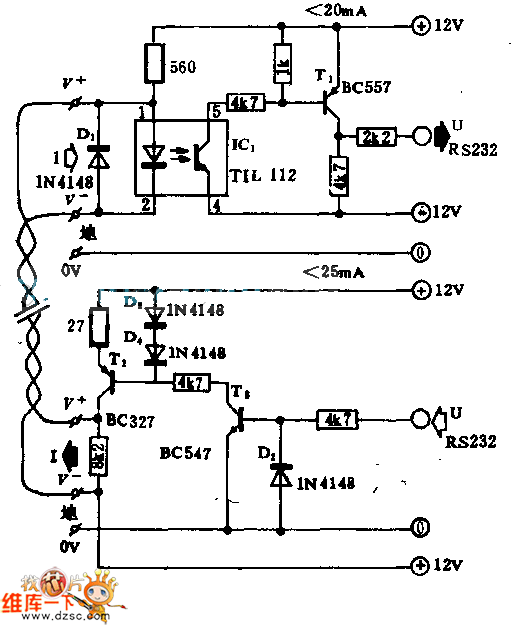
Light circuit diagram: 1996 Ford Windstar Wiring Diagram
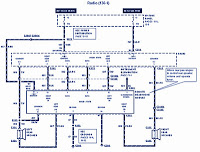
The section of the 1996 Ford Windstar wiring diagram includes details on power distribution, common connections, rear circuits, ignition systems, the fuse panel, battery connections, instrument illumination, radio wiring, left rear speaker connections, remote headphone module, solid-state components, and right rear circuits.
The wiring diagram for the 1996 Ford Windstar serves as a crucial reference for understanding the electrical layout and functionality of the vehicle's systems. It illustrates the power distribution network, which is essential for providing electrical energy to various components throughout the vehicle. The common connections section identifies shared wiring paths that facilitate communication and power transfer among different systems.
The rear circuit details are important for diagnosing and troubleshooting issues related to the rear lighting, audio systems, and any additional features located at the back of the vehicle. The ignition system wiring is vital for ensuring the proper operation of the engine start-up process, linking the ignition switch to the ignition coil and other critical components.
The fuse panel section is particularly important as it outlines the protective fuses that safeguard electrical circuits from overloads. Each fuse corresponds to a specific electrical component or system, and understanding this layout aids in quickly identifying and replacing blown fuses.
Battery connections are depicted to ensure proper installation and maintenance of the vehicle's power source, while the instrument illumination section provides insight into the wiring that controls dashboard lighting, enhancing visibility during night driving.
The radio wiring diagram is essential for audio system installation or repair, detailing the connections necessary for optimal sound performance. Additionally, the left rear speaker connections and the remote headphone module wiring are illustrated to facilitate the integration of audio components, enhancing the overall entertainment experience.
Solid-state components are represented in the diagram, indicating the use of modern electronic devices that offer improved reliability and performance over traditional mechanical components. Finally, the right rear circuit details are provided to complete the comprehensive overview of the vehicle's electrical system, ensuring that all areas are covered for effective maintenance and repair.The Part of 1996 Ford Windstar Wiring Diagram: power distribution, common, rear, ignition, fuse panel, battery, instrument illumination, radio, left rear speaker, remote headphone module, solid state, right rear 🔗 External reference
The wiring diagram for the 1996 Ford Windstar serves as a crucial reference for understanding the electrical layout and functionality of the vehicle's systems. It illustrates the power distribution network, which is essential for providing electrical energy to various components throughout the vehicle. The common connections section identifies shared wiring paths that facilitate communication and power transfer among different systems.
The rear circuit details are important for diagnosing and troubleshooting issues related to the rear lighting, audio systems, and any additional features located at the back of the vehicle. The ignition system wiring is vital for ensuring the proper operation of the engine start-up process, linking the ignition switch to the ignition coil and other critical components.
The fuse panel section is particularly important as it outlines the protective fuses that safeguard electrical circuits from overloads. Each fuse corresponds to a specific electrical component or system, and understanding this layout aids in quickly identifying and replacing blown fuses.
Battery connections are depicted to ensure proper installation and maintenance of the vehicle's power source, while the instrument illumination section provides insight into the wiring that controls dashboard lighting, enhancing visibility during night driving.
The radio wiring diagram is essential for audio system installation or repair, detailing the connections necessary for optimal sound performance. Additionally, the left rear speaker connections and the remote headphone module wiring are illustrated to facilitate the integration of audio components, enhancing the overall entertainment experience.
Solid-state components are represented in the diagram, indicating the use of modern electronic devices that offer improved reliability and performance over traditional mechanical components. Finally, the right rear circuit details are provided to complete the comprehensive overview of the vehicle's electrical system, ensuring that all areas are covered for effective maintenance and repair.The Part of 1996 Ford Windstar Wiring Diagram: power distribution, common, rear, ignition, fuse panel, battery, instrument illumination, radio, left rear speaker, remote headphone module, solid state, right rear 🔗 External reference
